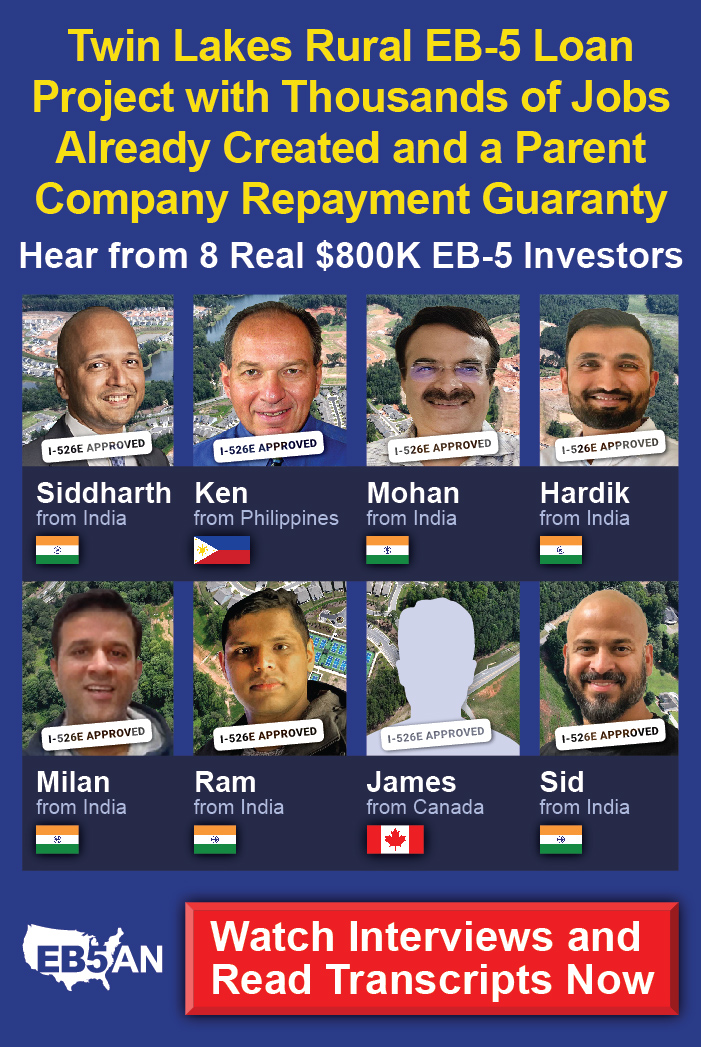The investments made in an EB-5 project can be staggered as long as the project is structured correctly. The key is to time each EB-5 investor’s job creation carefully. If each individual investor can meet their job creation requirement (of at least 10 jobs) without additional EB-5 funds from the other investors in the anticipated pool of capital, each investor should proceed to file Form I-526 and invest as soon as they can.
However, if the project requires the successful subscription of multiple EB-5 investors before the project can get underway and jobs can be created, then the investors should not commit their EB-5 capital and submit their I-526 petitions until all the necessary investors are committed to the project. Project developers should take care to ensure that at least 10 jobs will be allocated to each EB-5 investor. United States Citizenship and Immigration Services (USCIS) may not approve an investor’s I-526 petition if they subscribed to a project before all the needed investors were on board.
USCIS requires that an investor’s 10 required jobs be created within the 30-month period after Form I-526 is filed but before Form I-829 is due; therefore, timing job creation carefully can be critical for certain projects. For example, construction projects that last for more than two years may have to schedule job creation meticulously and make sure that their investors submit their visa petitions at the right time.
Before subscribing to an EB-5 project, interested foreign nationals should carefully assess each project’s potential for job creation, favoring developers that plan on creating more than 10 jobs per investor. This will minimize their risk of failing to create the needed jobs. In fact, if an investor subscribes to a project that has already created the needed EB-5-compliant jobs, they would be virtually guaranteed to fulfill the employment generation criteria.










